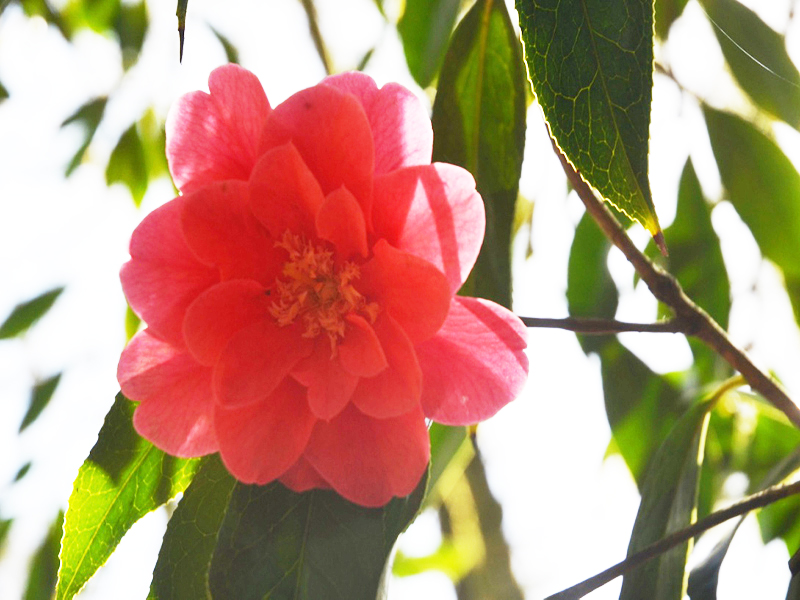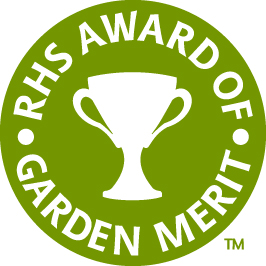
Woody > Camellia > Camellia japonica > Camellia japonica 'Jupiter'
Camellia japonica
'Jupiter'
Jupiter Camellia
Origin: This cultivar was developed by William Paul at Hillier & Sons Nursery in England in 1904 and was generally introduced to the UK market in the 1950s.
| Family |
| Theaceae |
| Genus |
| Camellia |
| Species |
| japonica |
| Cultivar |
| 'Jupiter' |
| Category |
| Woody |
| Type |
| Shrub (evergreen) |
| USDA Hardiness Zone |
| 6 - 10 |
| Canadian Hardiness Zone |
| 7 |
| RHS Hardiness Zone |
| H5 |
| Temperature (°C) |
| -15 to -10 |
| Height |
| 2.5 - 4 m |
| Spread |
| 1.5 - 2.5 m |
Photographs
Description and Growing Information
Flowering Period
| Landscape |
| Can be grown as a shrub along a wall or in a container, as well as a border or specimen plant. Could also be used to create an informal hedge or in a woodland setting. It is striking enough to be used in more urban gardens. |
| Cultivation |
| Grow best in a neutral or acid soil that is humus-rich, moist and free-draining in a semi-shaded area. |
| Shape |
| A large, vigorous shrub of upright habit. |
| Growth |
| Medium |
| Pests |
| Aphids, scale insects, vine weevil, honey fungus, phytophthora root rot, camellia gall, camellia leaf blight, and flowers may be infected by camellia petal blight. |
| Habitat |
| Horticultural origin. |
| Leaf Description |
| Dark green, glossy, evergreen leaves with slightly serrated edges. |
| Flower Description |
| Single or semi-double, bright rose-red, bowl-shaped flowers 9 cm across, occasionally blotched white and with a prominent boss of golden stamens. |
| Notable Specimens |
| Trengwainton Garden, Madron, near Penzance, Cornwall, United Kingdom. |
| Propagation |
| Semi-hardwood cuttings taken in late summer to autumn, using a mild hormone, bottom heat and mist produce the best results. |

